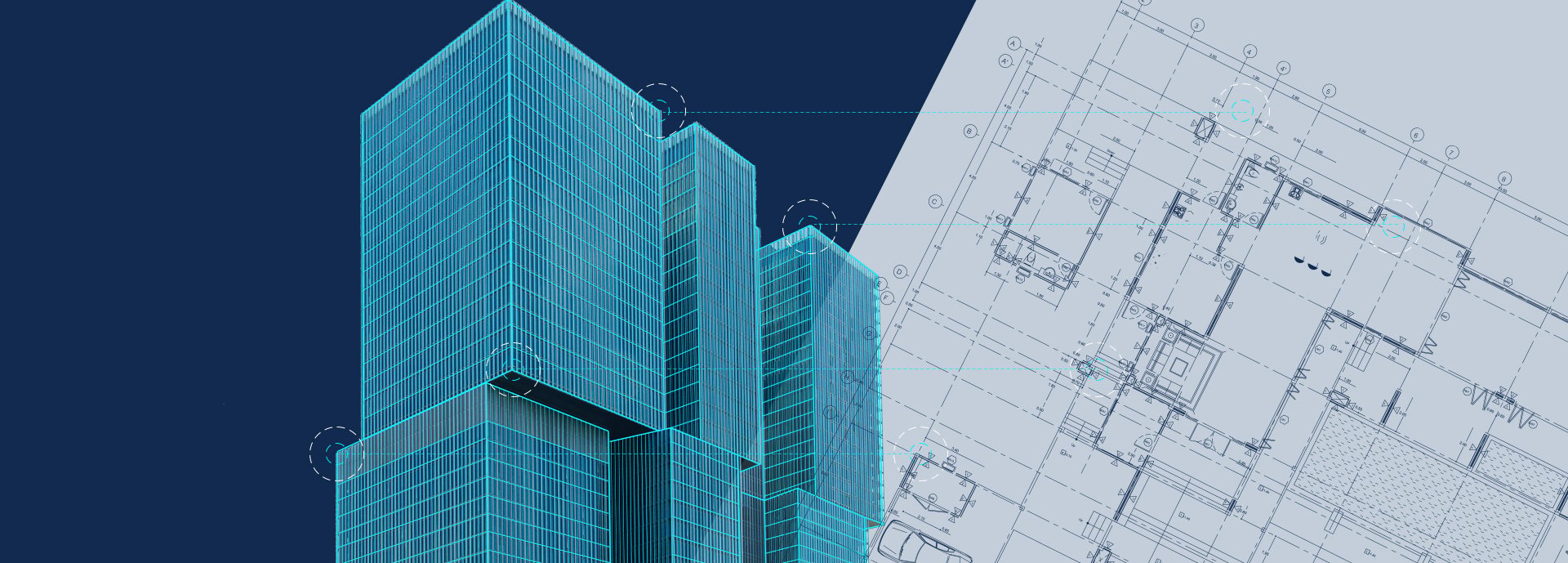With "BIM and More", Die Werkbank has developed a BIM infrastructure that enables the industry to switch to Building Information Modelling (BIM) cost-effectively and with minimum effort. The principle: the control unit of the infrastructure, the BIM cockpit, is directly connected to the in-house product data management system (PIM). It translates the existing data into BIM data so that it can be exported via the BIM publisher to various BIM channels such as download portals, design programmes and plug-ins. In the following interview, Matthias Uhl, founder and CEO of Die Werkbank, explains the importance of the BIM Cockpit for a sustainable BIM strategy.
Why do I need a BIM Cockpit if I have a PIM system?
A legitimate question. From a purely technical point of view, BIM plug-ins can be directly connected to PIM systems. Other data transfers to BIM portals can also be made via PIM. But PIM and BIM are not the same. Although the two systems can interact perfectly, they cannot swap roles.
What specific problems do you see?
BIM is designed around the needs of designers and architects. Therefore, a BIM manager always has the planner's perspective and is in touch with the target group. They know what data needs to be good for later use. A PIM team member has no idea what data needs to be added to a BIM object if, for example, the architect is tendering according to VOB. A PIM manager comes from an IT perspective and manages catalogue and product information to make it available for different output channels or media. At best, the quality of their PIM system provides a good basis for the quality of the resulting BIM objects. However, they lack the horizon to influence the quality of the BIM objects. Instead, they lack an eye for the needs of the designers.
What can the BIM Cockpit do for successful BIM management?
The biggest advantage for the industry is that, after the initial project phase, it can manage the BIM objects completely independently via the cockpit. There is no need to create a new IT department. The user interfaces are intuitive and limited to the workflows that a BIM team member needs to perform. As a result, manufacturers of building materials and products remain largely autonomous and flexible. This is the only way to ensure fast and successful BIM data dissemination, as the BIM team can react immediately at any time via the BIM cockpit. In this way, the provision of data in countless BIM channels becomes part of the day-to-day business, rather than the much-feared digital masterstroke.












.png?width=673&height=152&name=image(10).png)